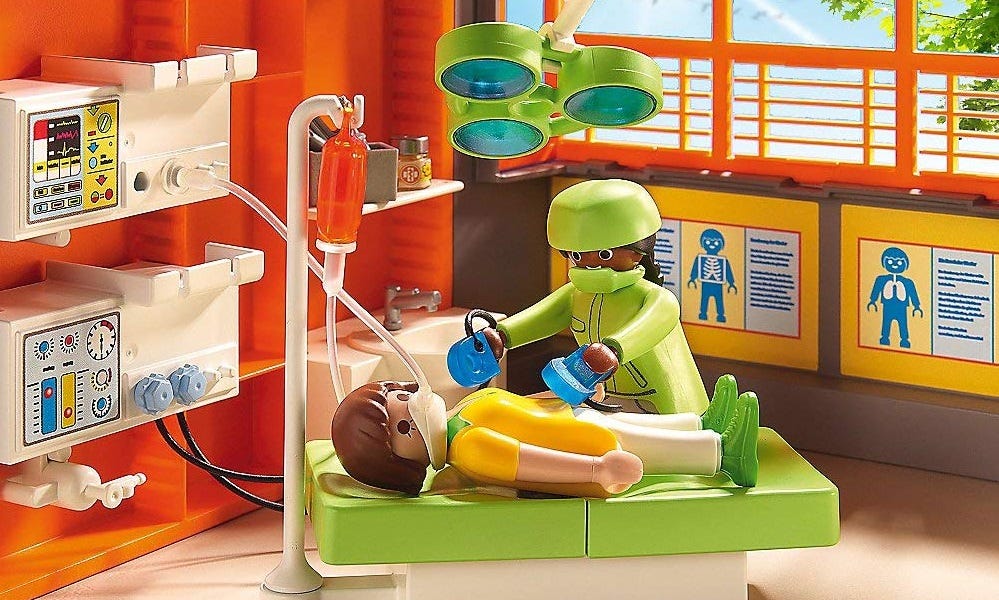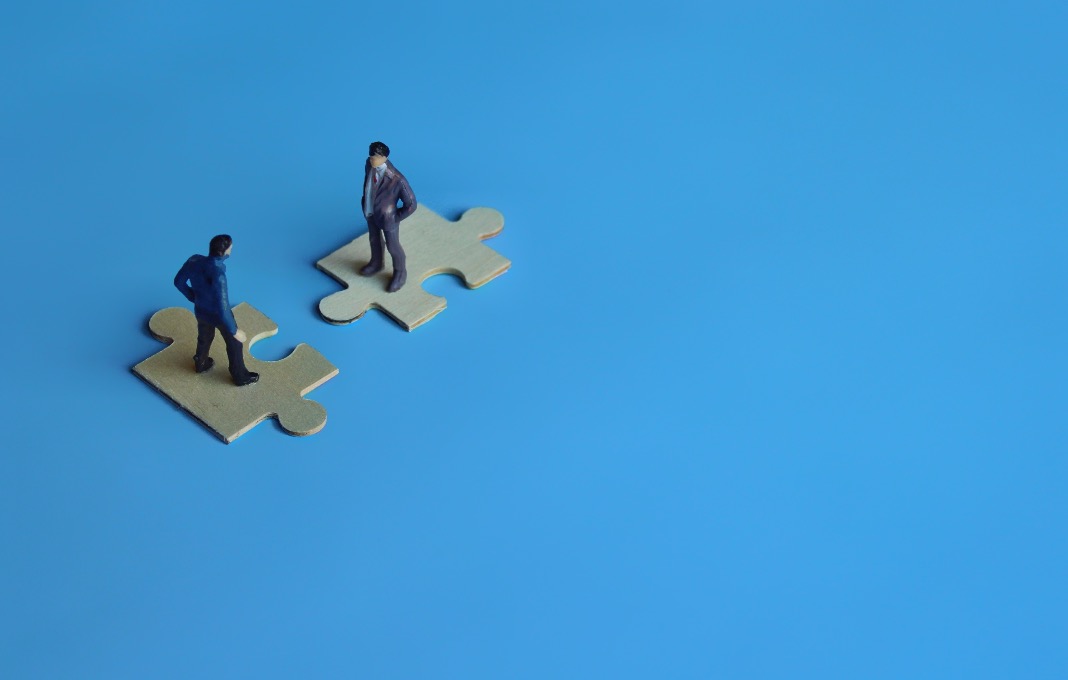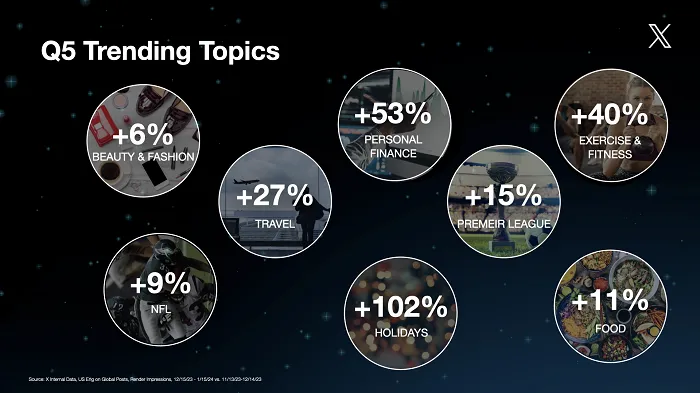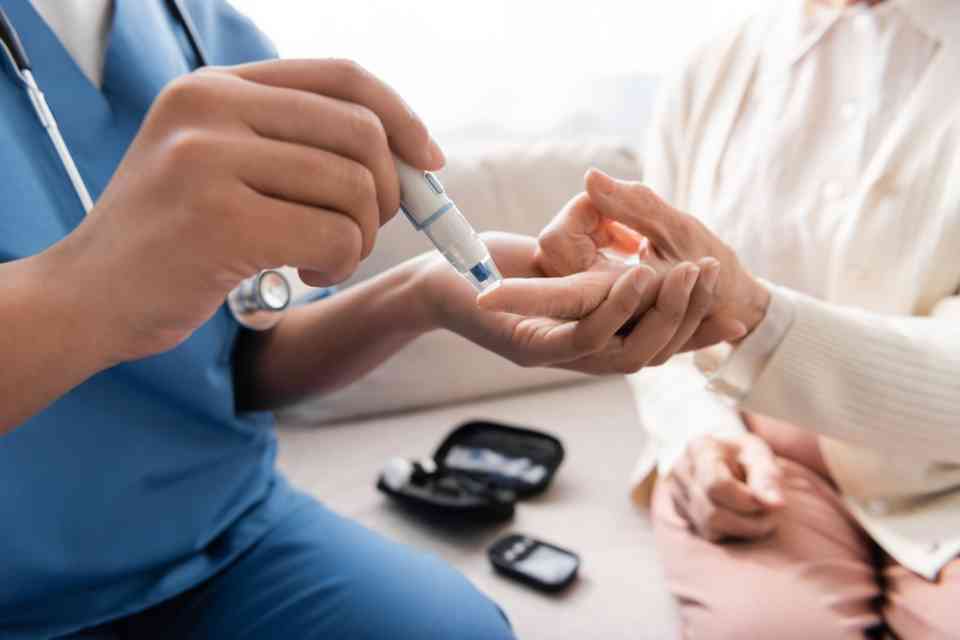R
ecent technological advancement, coupled with the ever-evolving beauty trends, has people becoming increasingly concerned with their appearance. Cosmetic surgical procedures, particularly rhinoplasty, have gained rapid popularity as more and more people get inspired by media influencers and celebrities.
Experienced, board-certified surgeons like Dr. Jay Calvert can ensure you can get a revamped look with a successful rhinoplasty procedure; however, effective post-surgery care is crucial to avoid complications. Continue reading this article to learn how to make your plastic surgery recovery smooth.
What Is Rhinoplasty?
Rhinoplasty, commonly called a nose job, is a surgical procedure designed to reshape or enhance the nose’s appearance. The rhinoplasty procedure involves incisions inside the nostrils in closed rhinoplasty or across the nasal septum in open rhinoplasty. This allows the surgeon to access and alter the nasal framework of the patient. Rhinoplasty is typically performed under general anesthesia by a board-certified plastic surgeon or a facial plastic surgeon after thoroughly evaluating your facial anatomy.
How long does rhinoplasty recovery take?
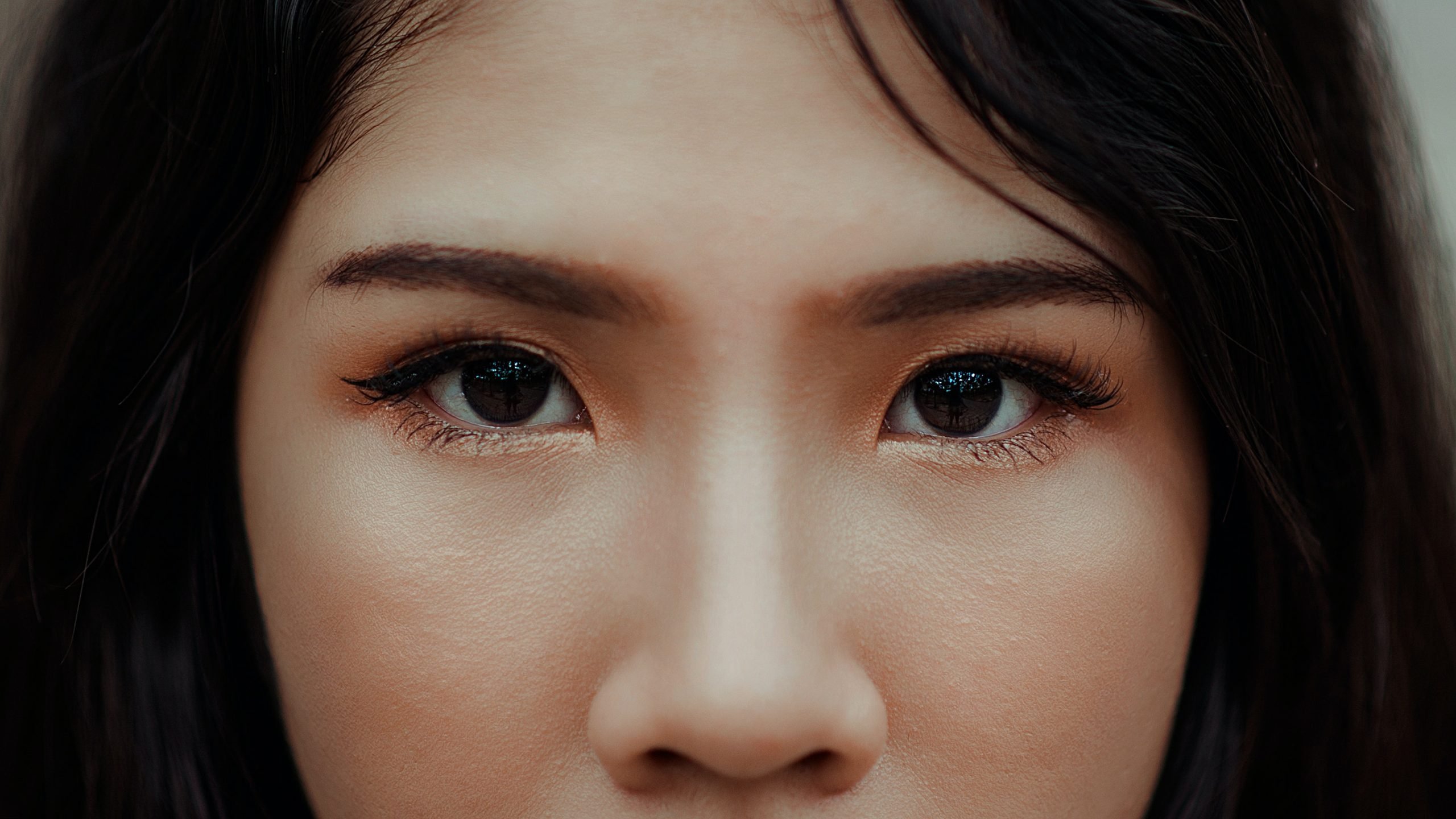
The duration of rhinoplasty recovery varies and also depends on several factors, including the extent of the procedure, individual healing rates, and the surgical techniques used. A general timeline includes the following stages:
- Immediate recovery: You will experience the most significant swelling and bruising during the first week after the procedure. It’s common to have a nasal cast or splint in place, typically removed around one week after surgery. Breathing through your nose may be limited during this time.
- Early recovery: In the weeks following, you will notice the significant swelling and bruising slowly subside, enabling you to resume some light everyday activities.
- Long-term recovery: The final results will manifest in several months or even an entire year. The nasal tissues will settle and heal during this time, and any residual swelling will dissipate. Any scarring will also fade over time.
Recovery guideline

The following are some tips to help you take proper post-operative care steps:
- Follow post-operative instructions: Listen carefully to your surgeon’s advice and follow their post-operative instructions to the letter. This includes taking prescribed medications, avoiding certain activities, and attending follow-up appointments.
- Use sun protection: Shield your nose from direct sunlight for several weeks following surgery, as sun exposure can worsen swelling and scarring. Use sunscreen and try to wear a wide-brimmed hat when outdoors.
- Try a compress for swelling and bruising: To reduce swelling, apply cold compresses (ice packs wrapped in a cloth) to your eyes and nose for the first 48 hours after surgery. Afterward, switch to warm compresses to promote blood circulation and ease bruising. Excessive salt can contribute to swelling; so reduce your sodium intake during the early stages of recovery.
- Manage your diet: Opt for a balanced diet high in nutrients that can speed healing. For the first recovery phase, stick to soft, easy-to-chew food. You should avoid spicy food as it may irritate your nose. Alcohol can increase swelling, and smoking can slow healing. Avoid both for several weeks post-surgery. In addition, proper hydration supports the healing process, so drink plenty of water.
- Be gentle: Allocate ample time off work or school to allow your body to heal adequately. Rest is crucial during the initial recovery period. When washing your face or blowing your nose, be very gentle to avoid straining your nose.
Proper nasal care

It is crucial to employ proper nasal care post-Rhinoplasty and to follow your surgeon’s instructions to avoid complications. Some general tips to promote a smooth healing process include the following:
- Use saline nasal sprays: Your surgeon may recommend using a saline nasal spray to keep your respiratory tract moist and debris-free. Use this as directed, typically multiple times a day.
- Keep the nasal area clean: Be gentle when cleaning the area around your nose. Use a damp cloth to clean any blood or discharge. You may use a mild, non-abrasive soap and water. Avoid rubbing or scrubbing.
- Nasal irrigation: Some surgeons recommend gentle nasal irrigation with a saline solution or a device like a Neti pot. This can help keep your nasal passages clean and reduce congestion.
- Avoid strenuous activity: For the first few weeks post-surgery, refrain from strenuous activities as they can raise blood pressure and potentially cause bleeding. Follow your surgeon’s guidance on when it’s safe to resume exercise. Additionally, you should avoid direct exposure to sunlight as it can cause scarring and other complications.
- Sleep with your head elevated: Sleeping with your head elevated at a 30 to 45-degree angle can help reduce swelling and improve blood circulation to the nasal area. Use multiple pillows or a wedge pillow for support.
- Stay in contact with your doctor: If you have external sutures or dressings, follow your surgeon’s instructions regarding when and how they should be removed or replaced. If the surgeon placed nasal packing during surgery, avoid pulling on it and follow your surgeon’s advice regarding timely removal. Look for signs of infection, such as increasing redness, swelling, warmth, or pus discharge from the incision sites. If you suspect an infection, contact your surgeon immediately.
In conclusion
The recovery process after your rhinoplasty can vary from person to person according to individual circumstances. You should allow your body to heal at its own pace and be patient with the recovery. It is crucial to constantly contact your doctor, report any unusual occurings immediately, and follow their instructions diligently.
Featured image: TUBARONES PHOTOGRAPHY/Pexels
For the latest in fashion, lifestyle, and culture, follow us on Instagram @StyleRave_
This is a Style Rave original content exclusively created for our readers. If reproduced, distributed, transmitted, cached, or otherwise used by any other publishing house or blogs, such use should provide a direct link to this source article. Use of and/or registration on any portion of this site constitutes acceptance of our Terms & Conditions and Privacy Policy.
—Read also











